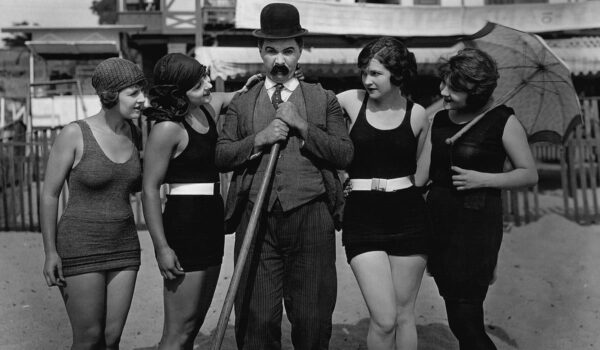The first short films (15-20 meters, approximately 1.5 minutes) were mostly documentaries, but the Lumière brothers’ comedy staging The Watered Gardener already reflected the tendencies of the birth of feature films. The short length of the first films was due to the technical imperfection of film equipment, yet by the 1900s the length of motion pictures had increased to 200-300 meters (15-20 minutes of demonstrations). Improvement of filming and projection equipment contributed to a further increase in the length of films, quality and quantity increase in the artistic techniques of shooting, acting and directing. And the widespread distribution and popularity of cinematography ensured its economic profitability, which, however, could not but affect the artistic value of the filmed films. During that period as the subject matter of the films became longer and complicated the genres of cinematography began to take shape, their artistic identity was shaped and a specific for each genre set of pictorial techniques was created. Silent cinema reached its peak by the 1920s, when it had already become an independent kind of art with its own artistic resources.
Even before the early 20th century Thomas Edison tried to synchronize the kinescope with the phonograph, but failed. However, in 1889 William Dixon, Edison’s collaborator, claimed that he had already created a kinetophonograph – a device that reproduced sound and images simultaneously. However, there is no evidence to support his claim.
In the early period of cinematography, sound cinema was attempted in many countries, but two main problems were encountered: difficulty in synchronizing the image and sound and insufficient volume of the latter. The first problem was solved by recording both sound and picture on the same medium, but the second problem required the invention of a low-frequency amplifier, which only happened in 1912, when the film language had developed so much that the lack of sound was no longer perceived as a serious drawback.
As a result, the patent for that system of sound cinema, which later made the sound revolution, was received in 1919, but the film companies did not pay any attention to the possibility of cinema to talk, wanting to avoid the rising cost of production and distribution of films and loss of foreign-language markets. Until 1925, Warner Brothers, which was on the verge of bankruptcy, invested in a risky sound project.
As early as 1926, Warner Brothers released several sound films consisting mainly of musical numbers, but they did not have much success with audiences. Success came only with the film “The Jazz Singer”, which, in addition to musical numbers by Al Jolson, featured his short lines. October 6, 1927 – the day of the premiere of “The Jazz Singer” – is considered the birthday of sound cinema.
